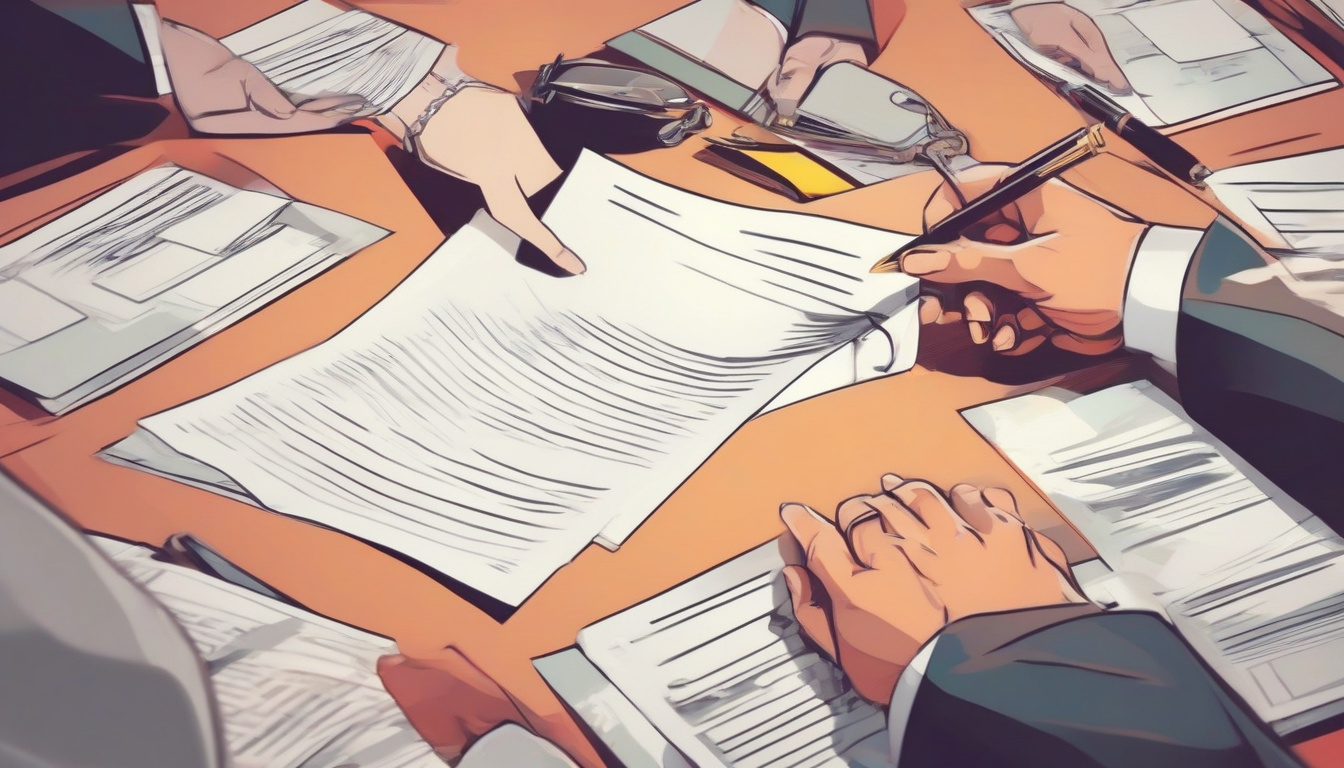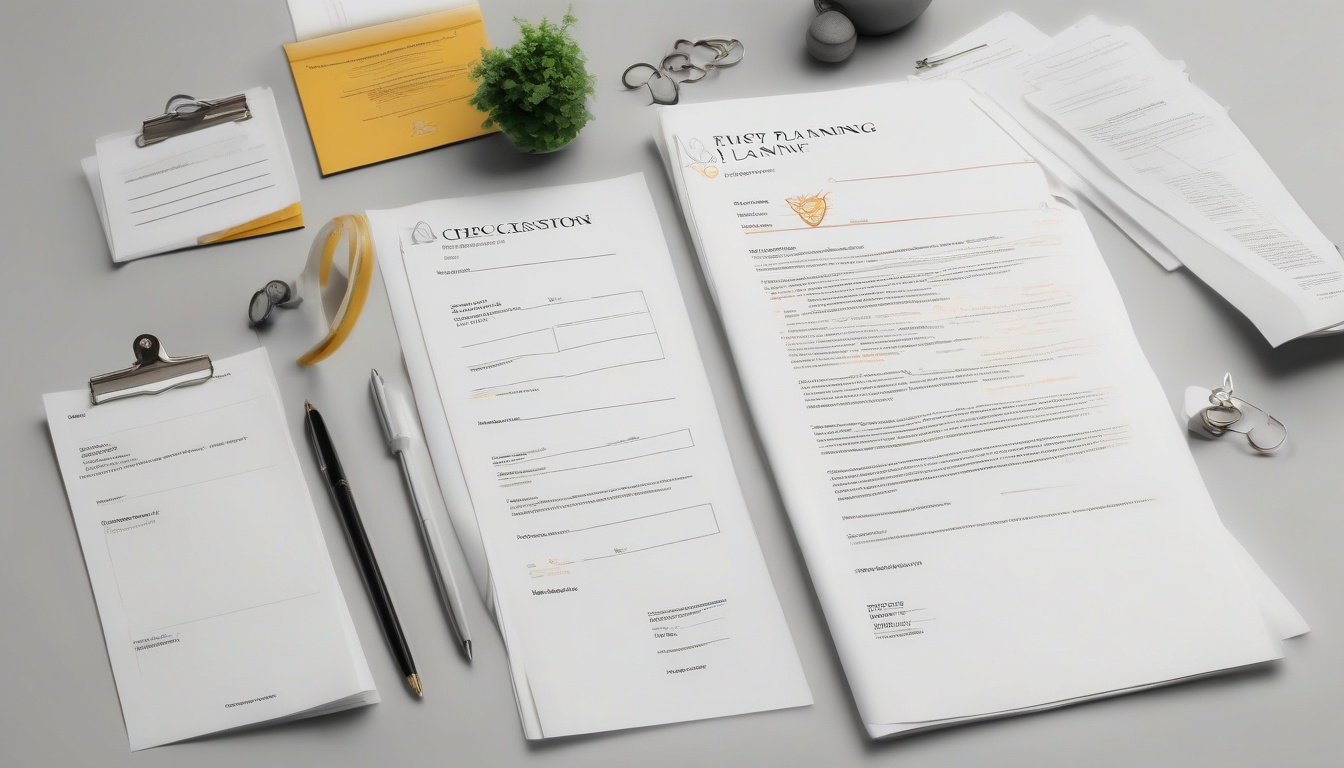Navigating estate transfer can feel hard. You learn legal and money words. If you are new here, know the steps for moving assets after a loved one dies. This article is a clear guide for beginners. It shows key parts of estate transfer.
What Is Estate Transfer?
Estate transfer means moving one person’s assets, rights, and property to heirs after death. The law guides the move. The process pays debts and splits what remains by a will, or by state rules if no will exists. This method keeps the person’s wishes and stops legal troubles.
Beginners need to know estate transfer. It builds strong plans for the future.
Why Is Estate Transfer Important?
Estate transfer makes asset sharing easy and fair. It stops delays and fights among heirs. It also helps by:
• Cutting estate taxes and debts.
• Keeping privacy and stopping court battles.
• Helping heirs get assets fast.
• Protecting estate value for later generations.
Many legal steps and papers join in the work. We explain these steps next.
The Key Steps in the Estate Transfer Process
Estate transfer has several parts. Each part helps move assets with little hassle. For beginners, these steps help you learn how to plan:
1. Initiating Probate
Probate is a legal check. It starts with a will in the local court. If there is no will, state law guides the split. Probate makes sure all debts and taxes are paid and that assets go to the right people.
2. Gathering Assets and Valuing the Estate
Next, list all assets. You name bank accounts, property, investments, and personal items. An exact value matters. It affects taxes and division steps. Then, heirs are told the estate exists.
3. Paying Debts and Taxes
Before moving assets, use the estate funds to clear debts. These include loans, credit cards, and taxes. The executor is in charge of these payments.
4. Creating and Executing the Will or Trust
If a valid will or trust exists, follow its clear steps. The executor spreads the assets as the papers tell. This gives clear directions for asset moves.
5. Transferring Assets to Beneficiaries
At last, assets are moved by legal steps:
- For property and cars, titles change hands.
- Bank accounts change names.
- Beneficiaries receive assets per the will or state law.
This step fixes ownership papers and deeds so that each heir gets their due share.
Essential Documents Needed for Estate Transfer
Good papers help the work go smooth. Know these documents well:
• Death certificate: It officially shows death.
• Last will and testament: It guides asset splits.
• Probate court papers: They allow asset changes.
• Deeds and titles: They cover property and vehicles.
• Bank or account statements: They list the assets.
• Tax documents: They sort estate and inheritance taxes.
Keeping documents in order stops delays, legal mix-ups, and loss of funds.
Common Challenges in Estate Transfer and How to Overcome Them
Even with care, issues may arise. Watch for these problems:
• Heir fights: Write clear wishes to stop disputes.
• Lost or wrong papers: Keep all documents neat and easy to find.
• Tax troubles: Use good estate lawyers and tax experts.
• Unpaid debts: Fix these issues early in the process.
Talking with estate experts can smooth the journey and cut down conflict.
Tips for Effective Estate Transfer Planning
Plan well to control your assets and stop future delays. Try these ideas:
• Make a full estate plan with wills, trusts, and powers of attorney.
• Check and update your papers as your life changes.
• Pick clear heirs to stop doubt.
• Work with lawyers, money planners, and tax pros.
• Keep your key documents safe and close until needed.
Planning ahead stops problems and eases the burden on family in hard times.
FAQs About Estate Transfer
Q1: What is the main purpose of estate transfer?
A1: The goal is to move a person’s assets fast and right to heirs by law or will.
Q2: How long does estate transfer take?
A2: It takes a few months to more than a year. It depends on estate size and legal needs.
Q3: Can estate transfer happen without a will?
A3: Yes. Without a will, state rules divide the assets among close kin.
Additional Resources
For more help on estate transfer, visit trusted sites like the National Association of Estate Planners & Councils. They share useful guides and professional contacts to help you plan correctly.
Conclusion
Learning estate transfer is key when you plan your estate or manage a loved one’s assets. When you know the steps, gather the right papers, and prepare for hurdles, you help the process flow. Whether you start now or update an old plan, clear steps make a big difference. Begin planning today to honor the wishes of the past and help those you love in the future.
Author: Doyle Weaver, Attorney at Law
Home | Estate Planning | Personal Injury | Hill Country Lawyer | Terms of Service | Privacy Policy
© 2025 Digital Law Firm, P.C.
Disclaimer: The content provided in this blog is for educational and informational purposes only. It is not intended to constitute legal advice or establish an attorney-client relationship. The information presented does not address individual circumstances and should not be relied upon as a substitute for professional legal counsel. Always consult a qualified attorney for advice regarding your specific legal situation. The author and publisher are not liable for any actions taken based on the content of this blog.








